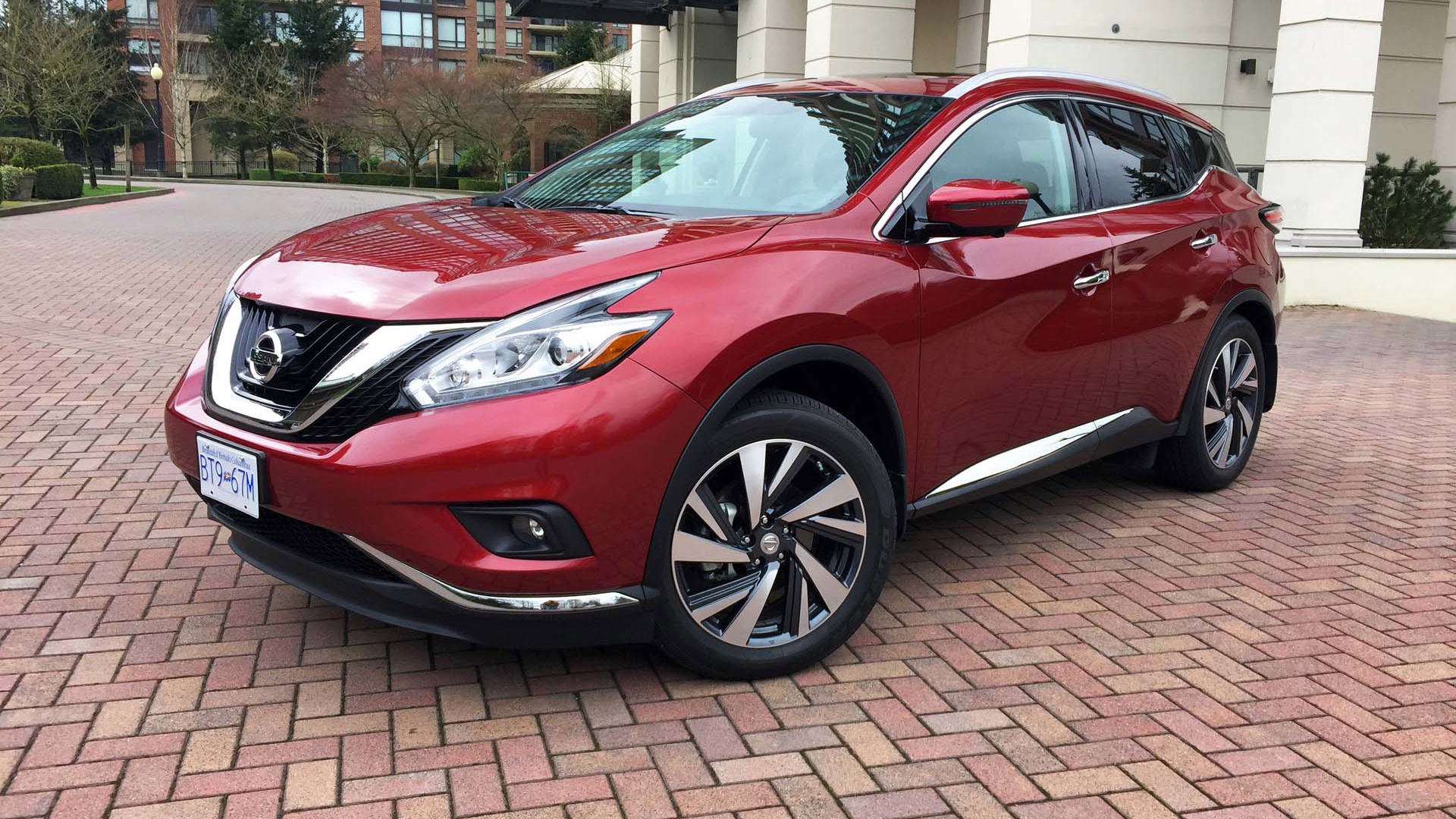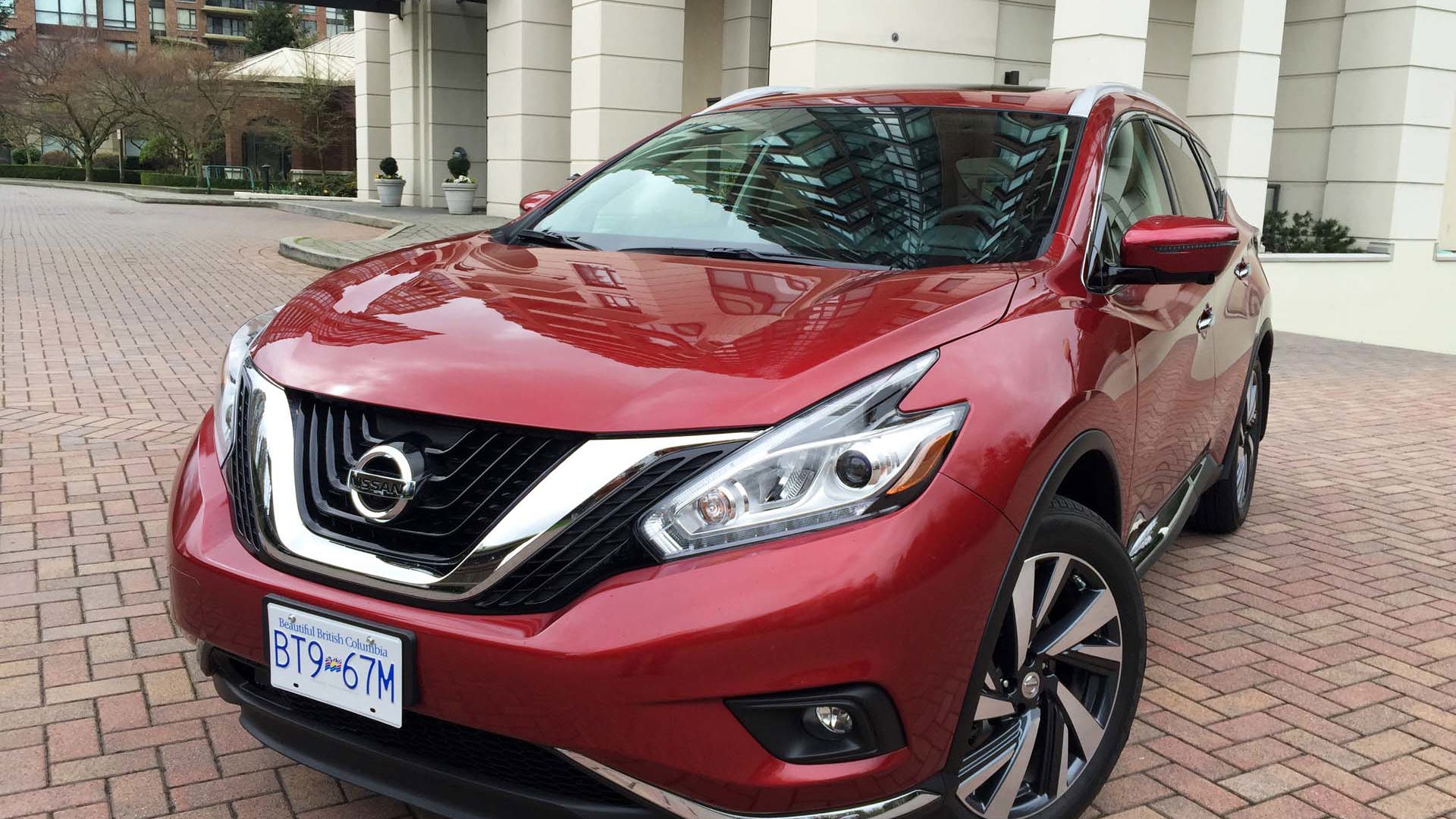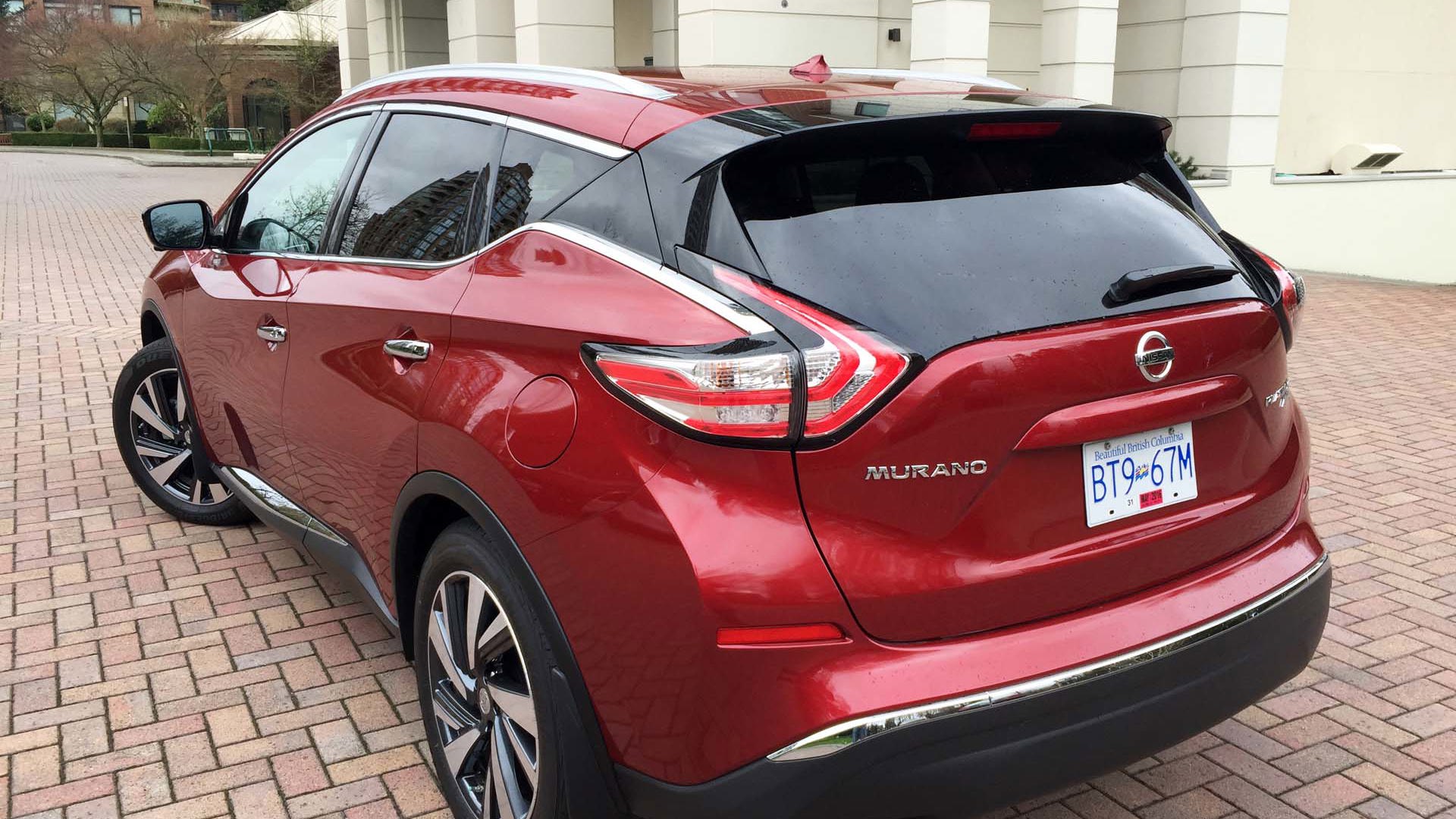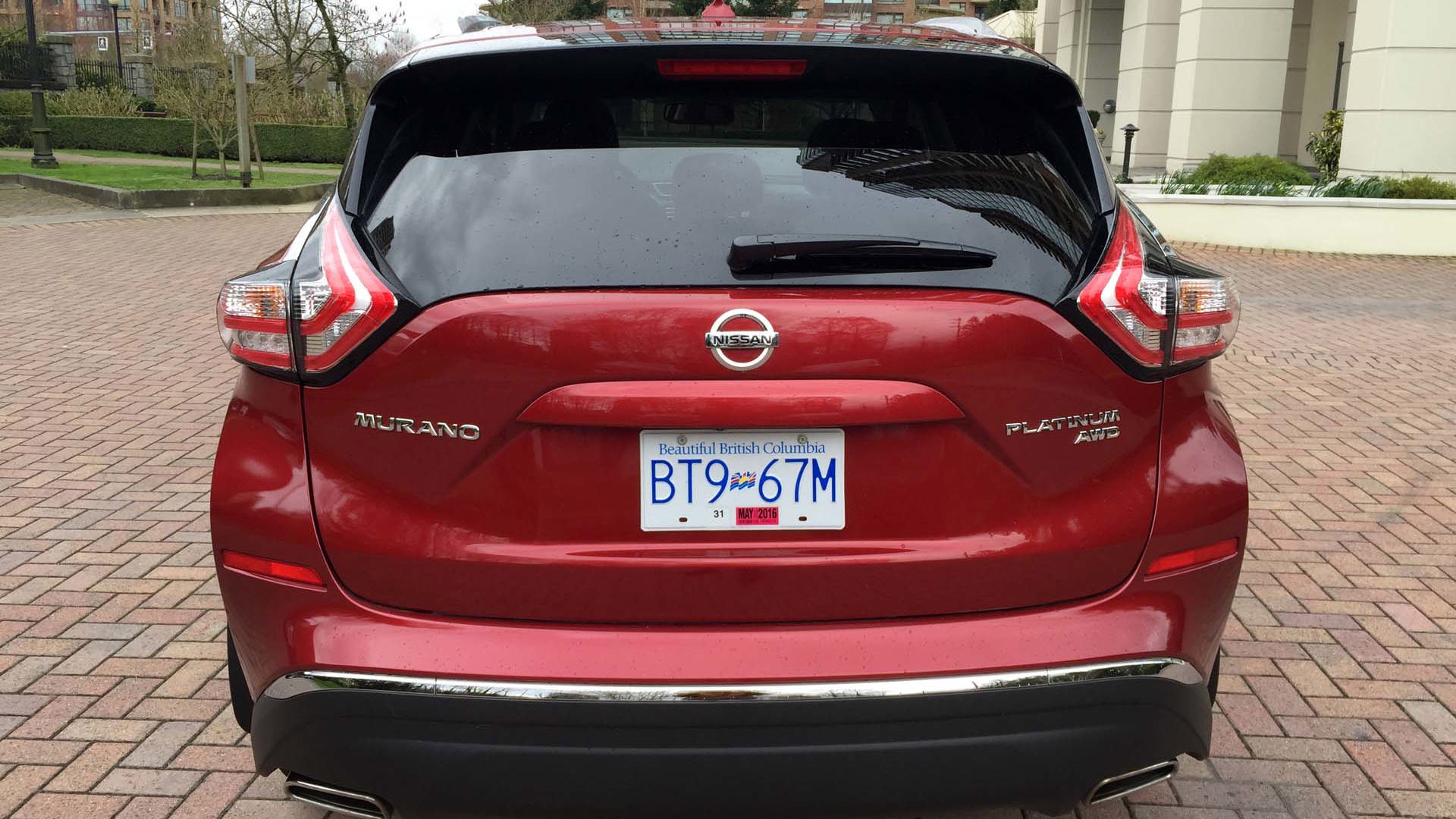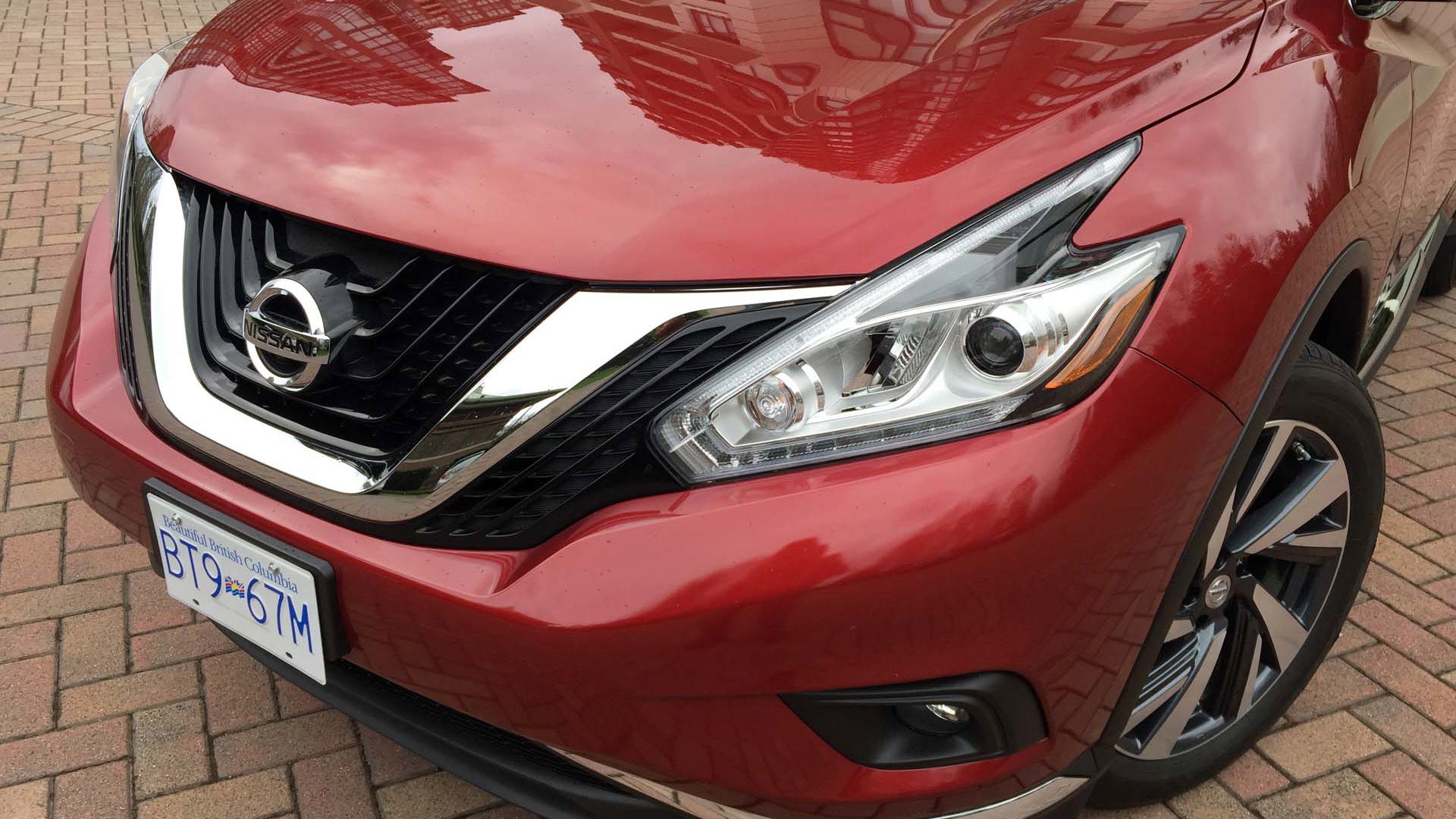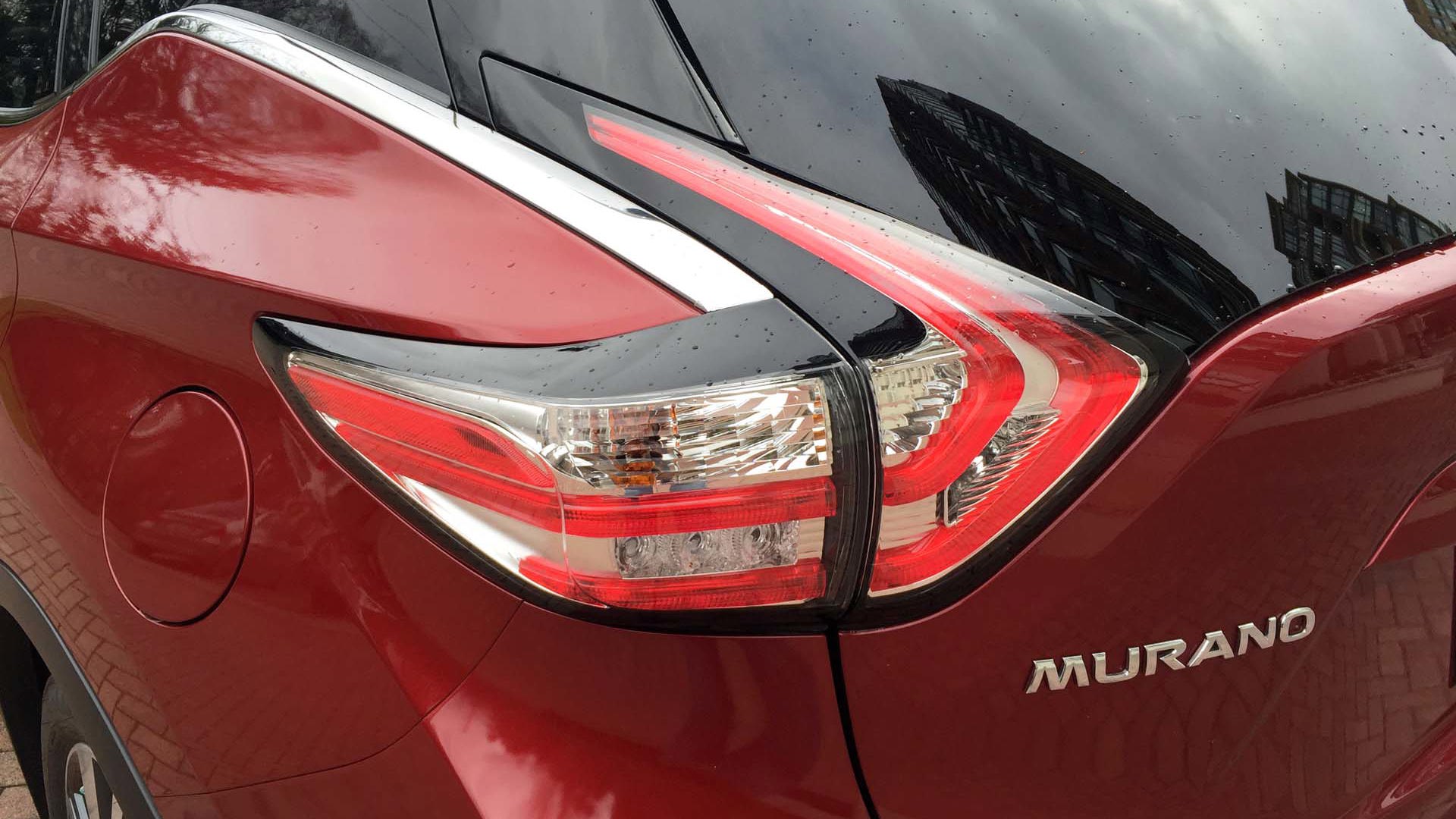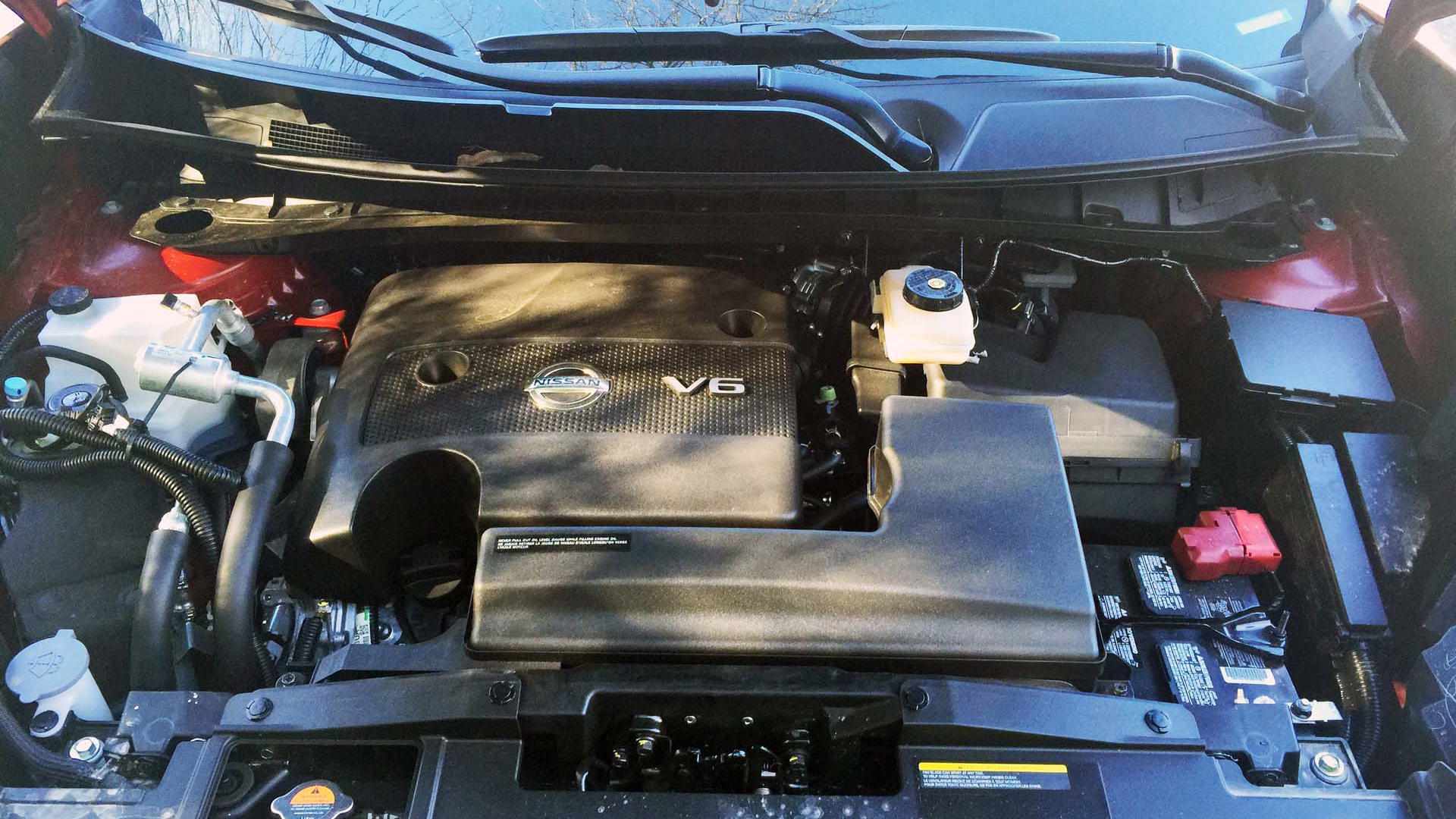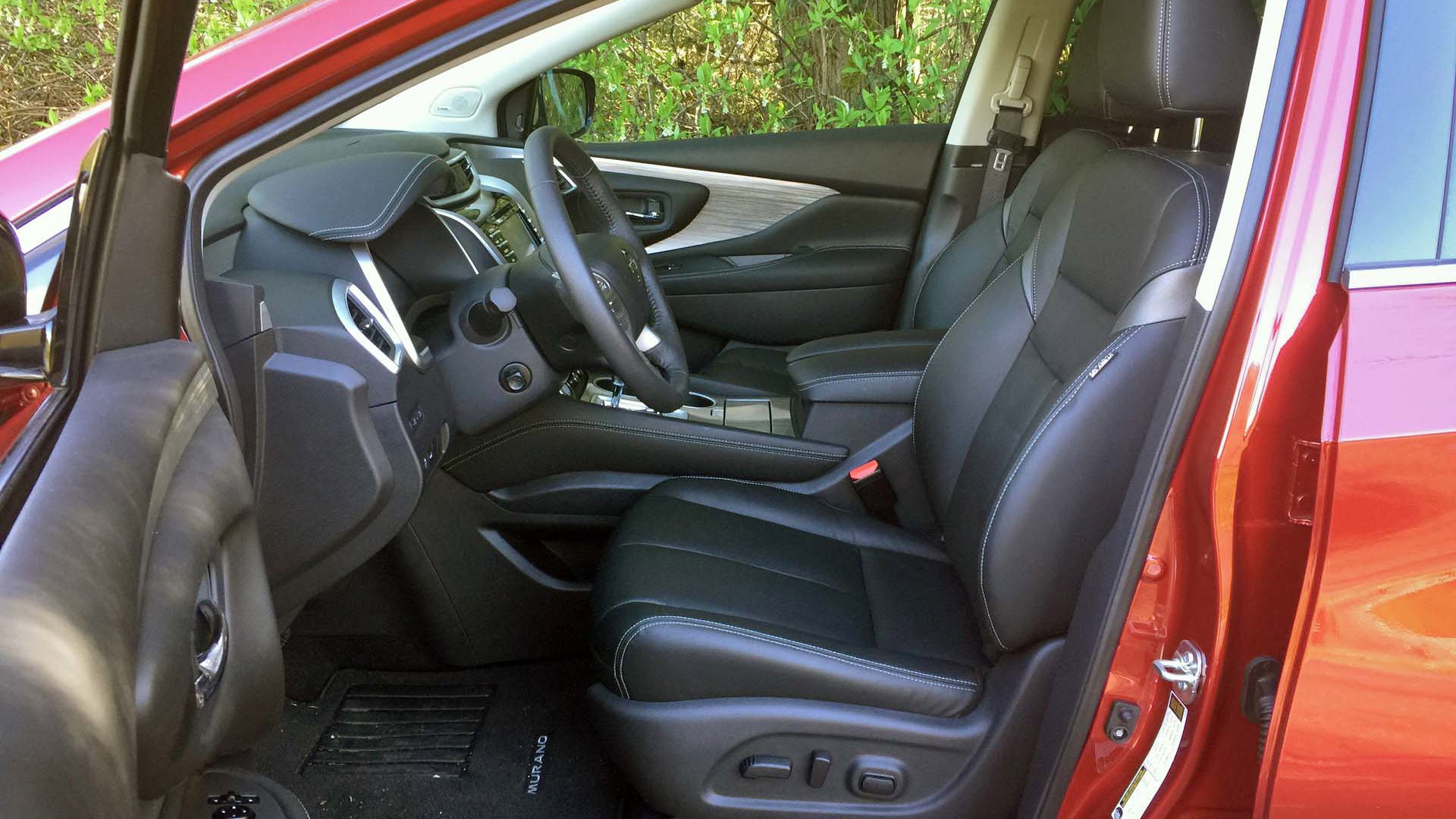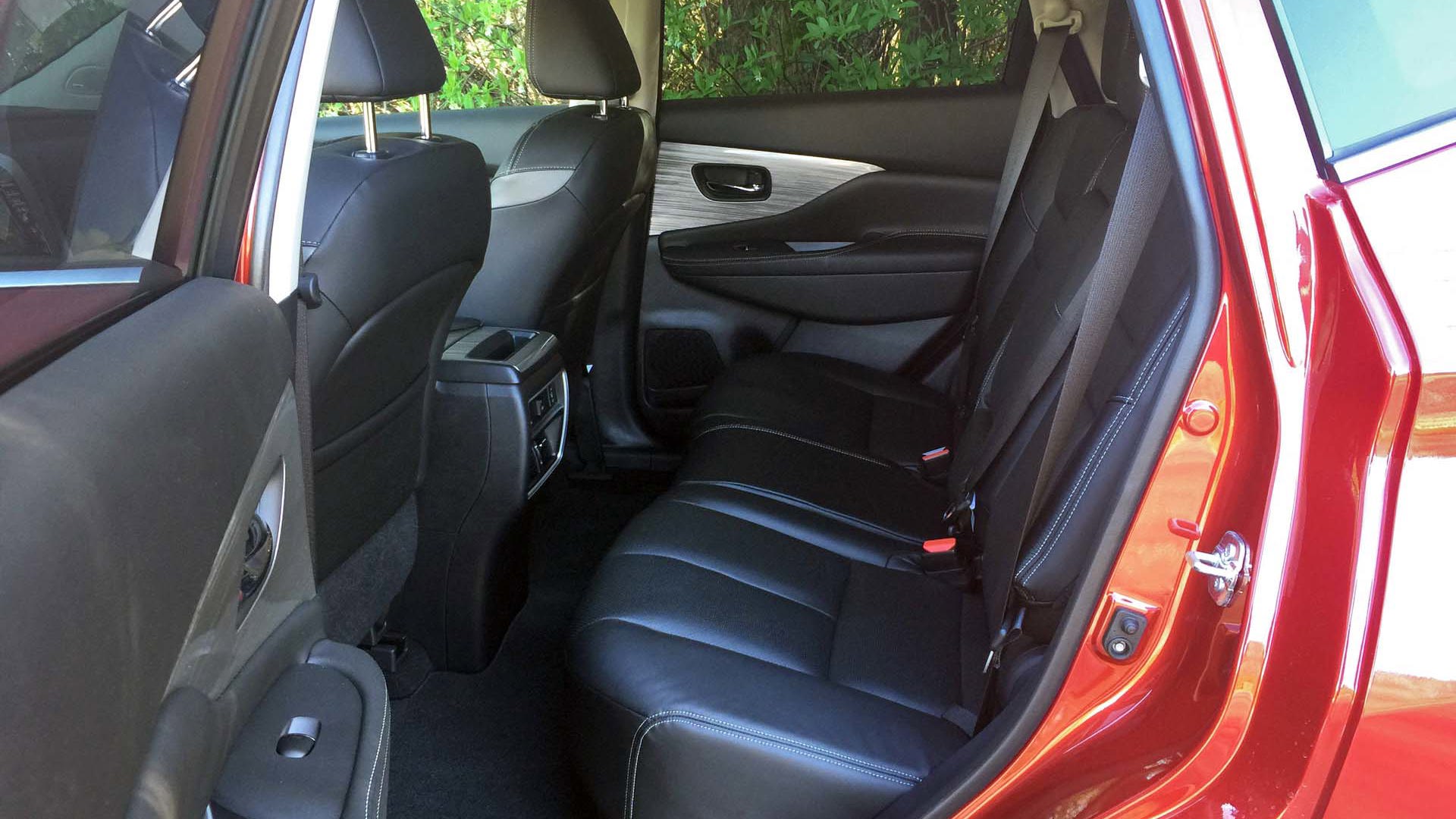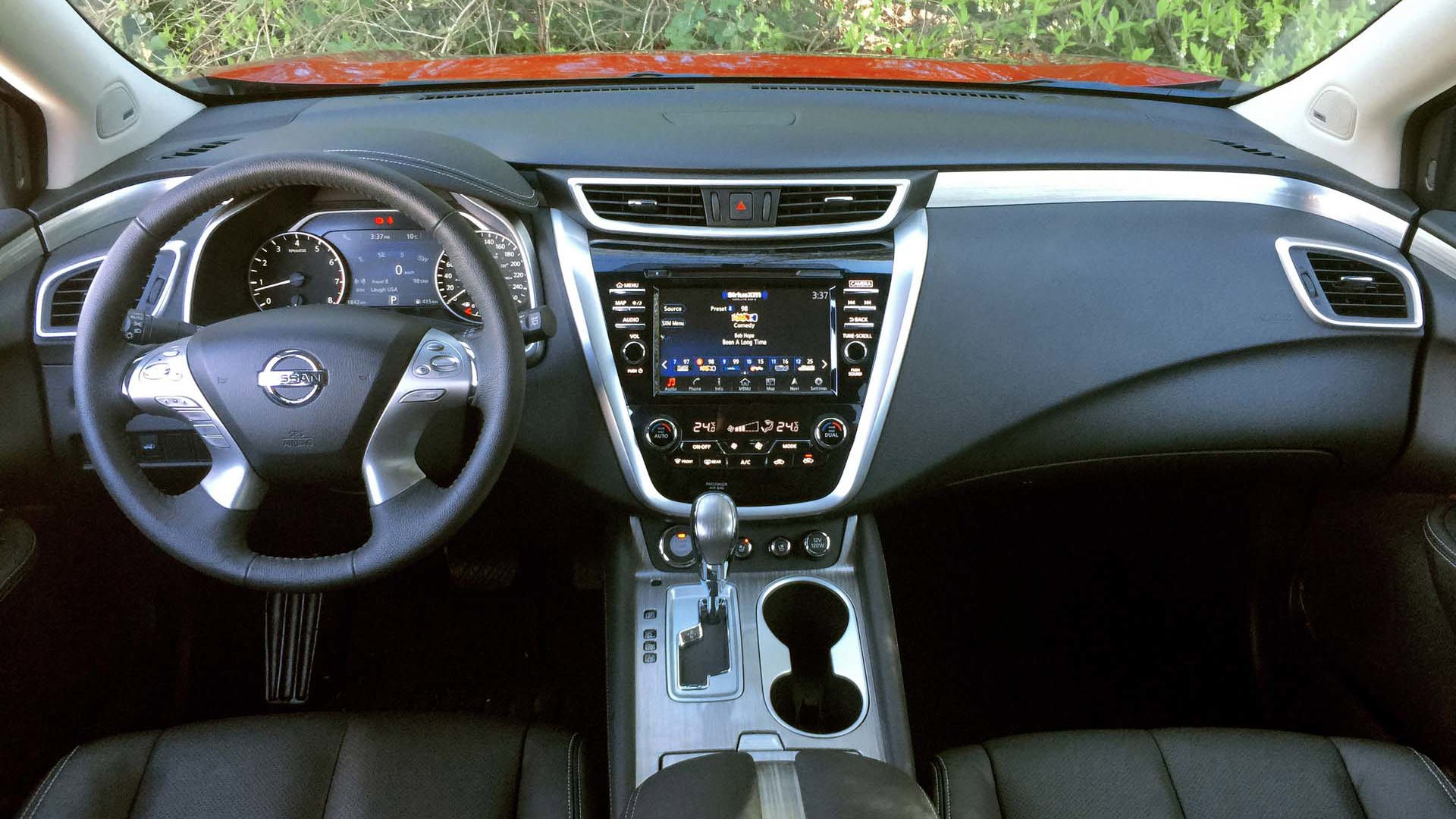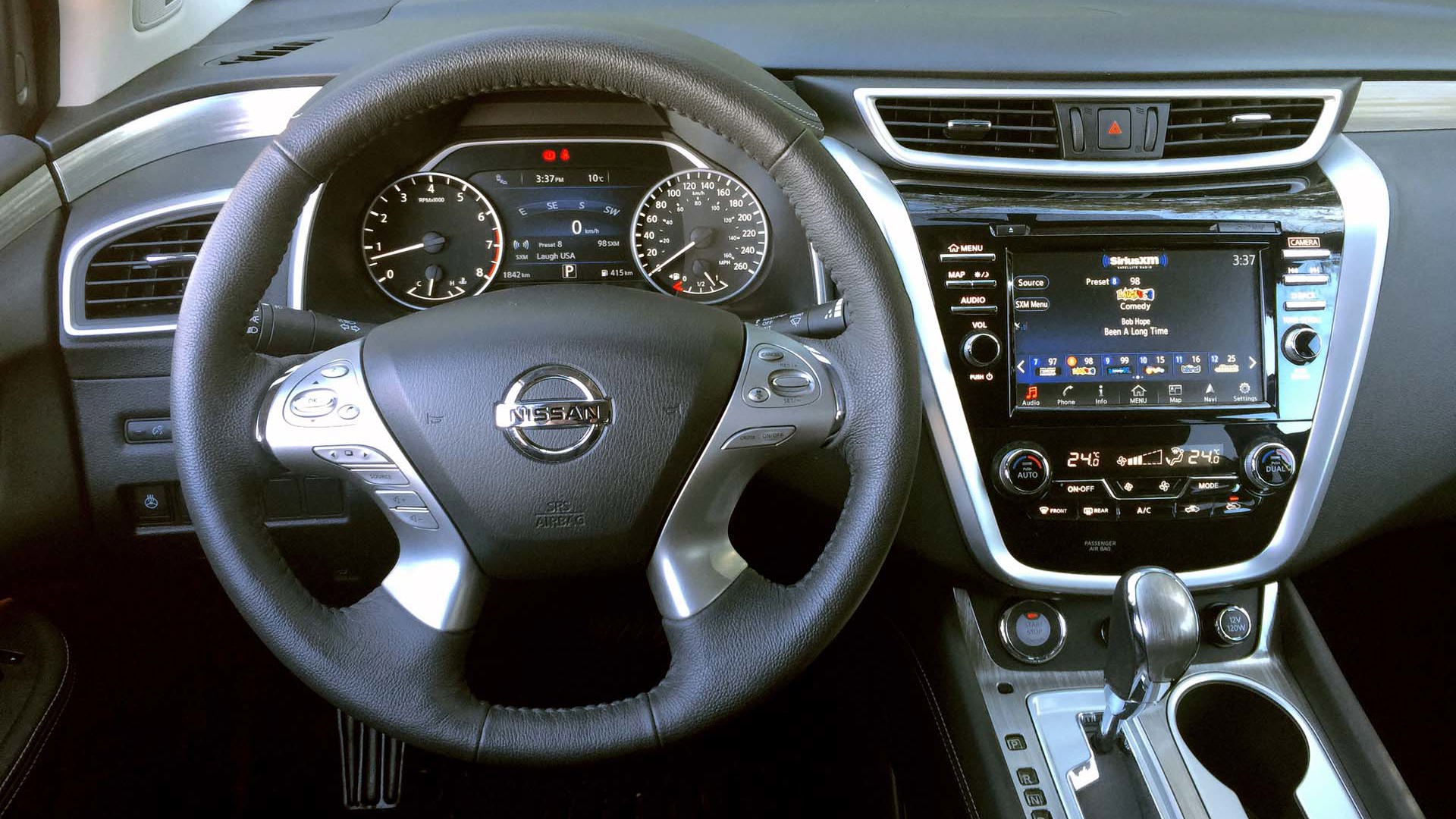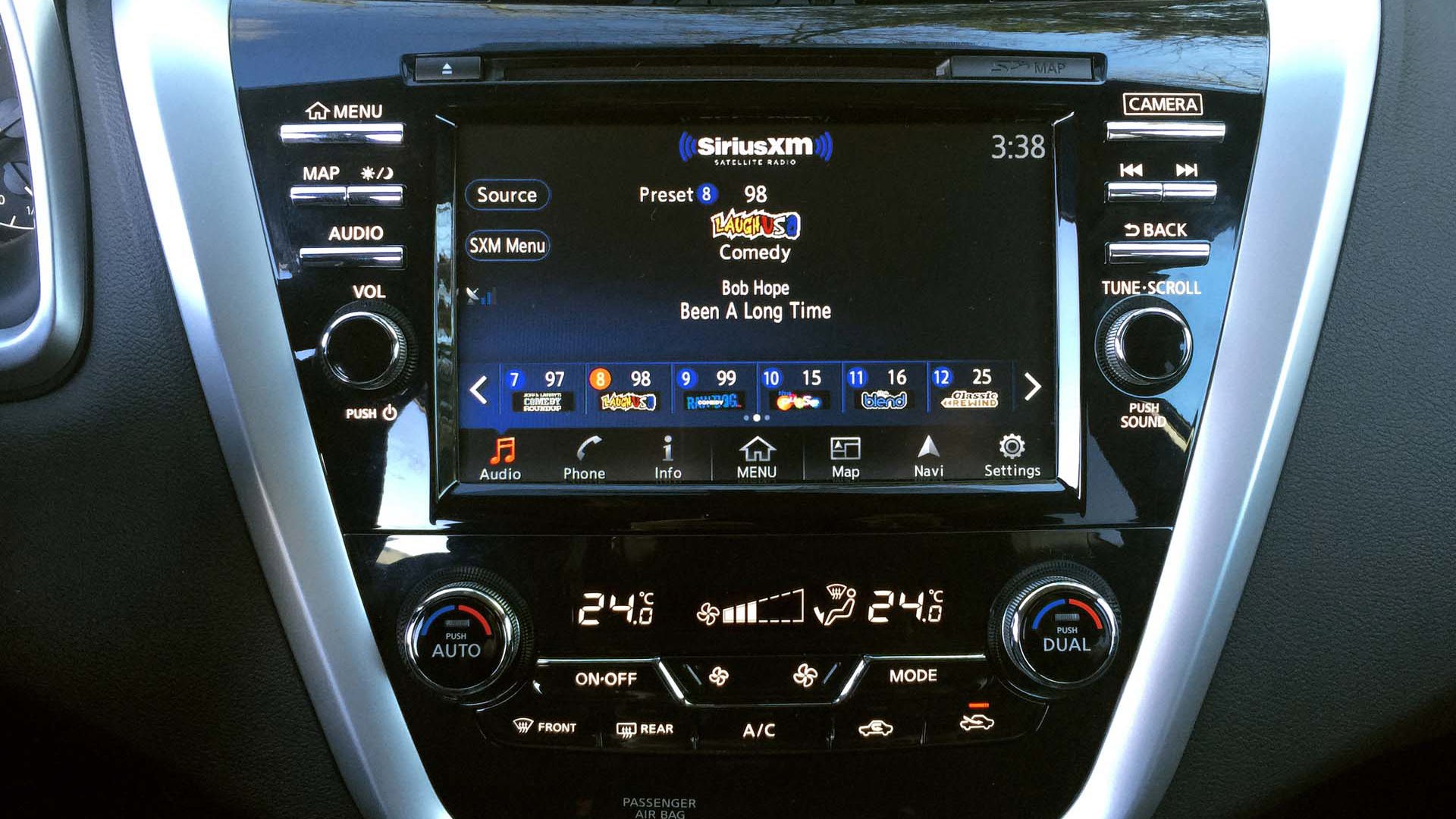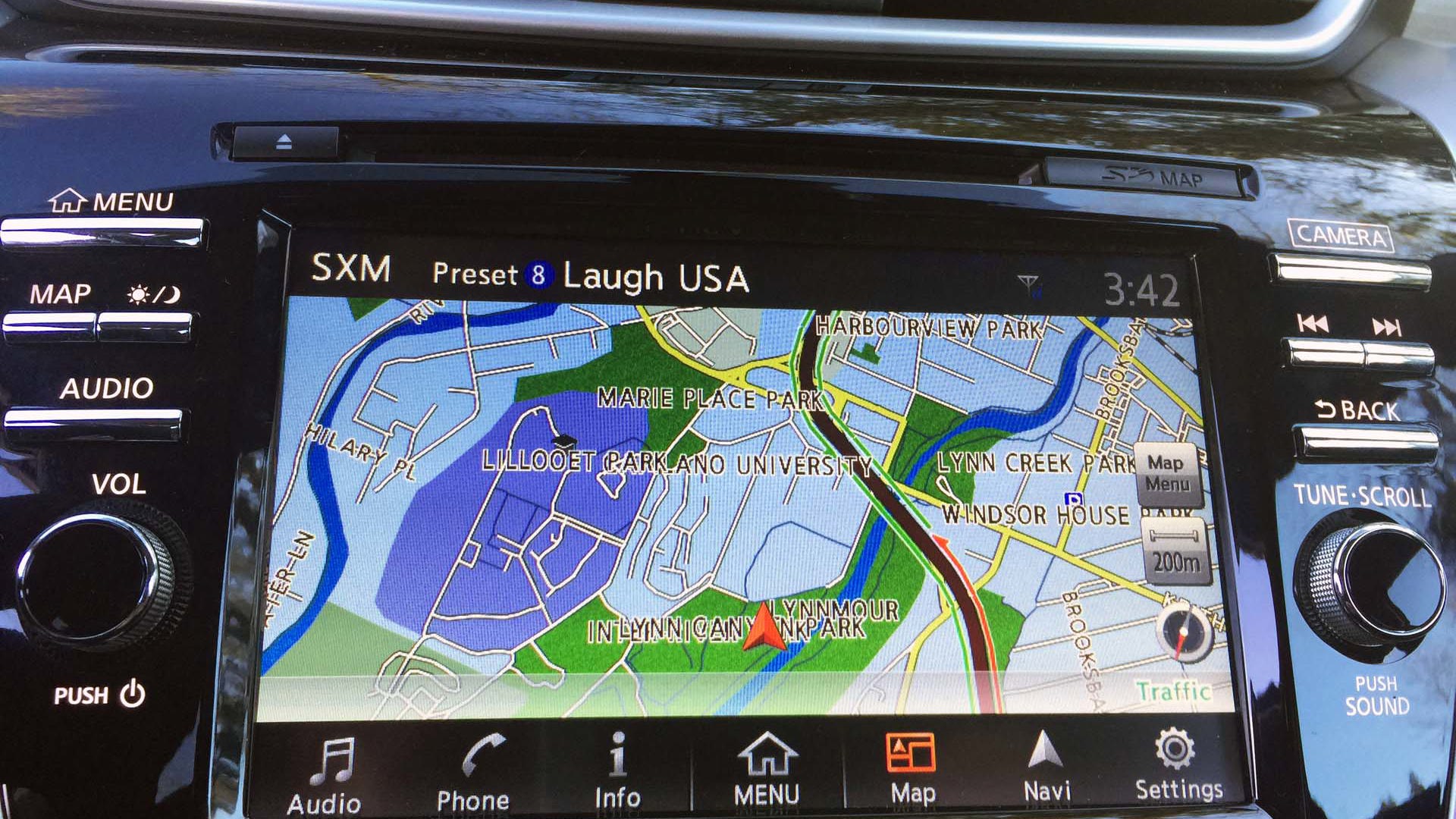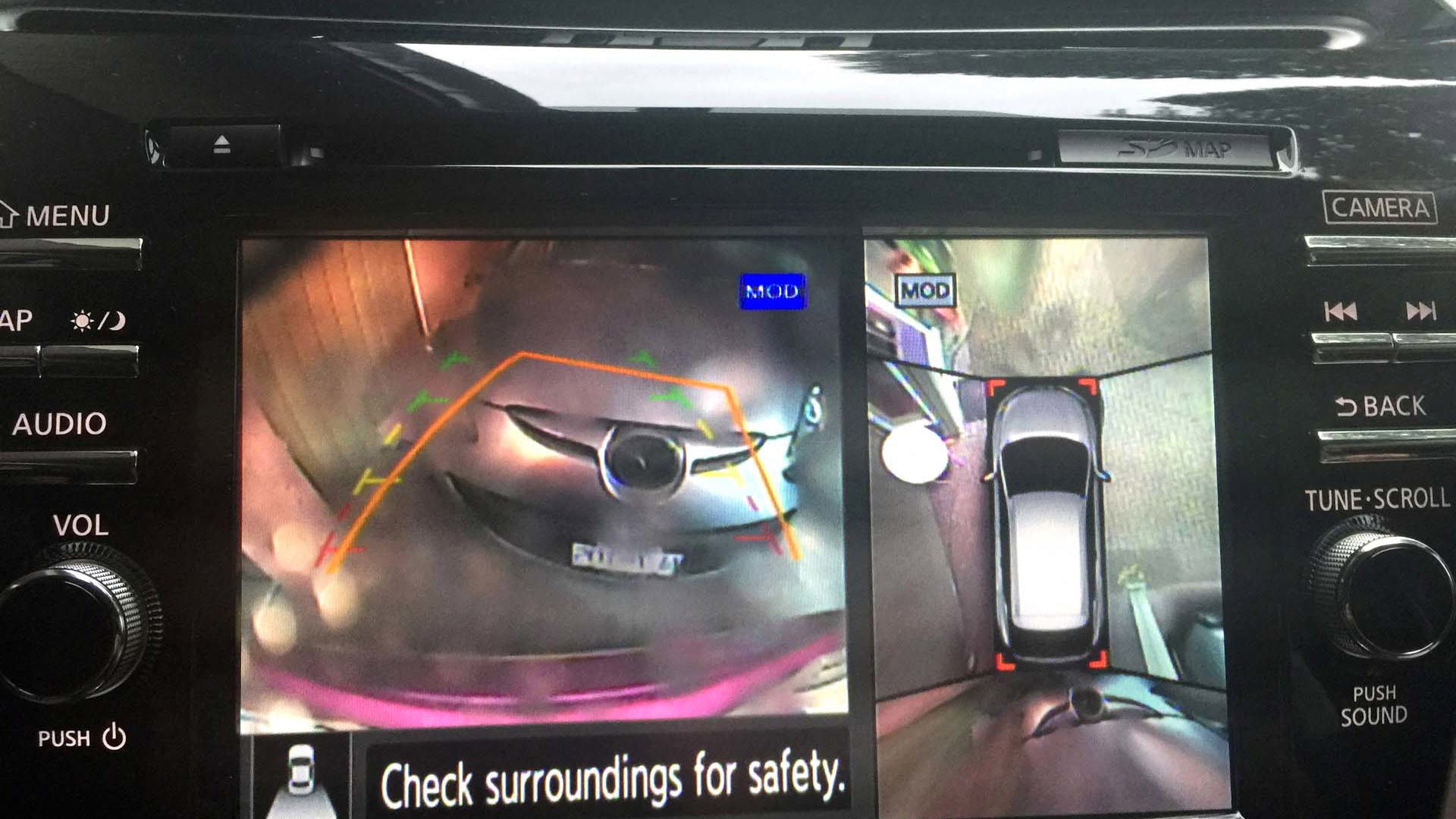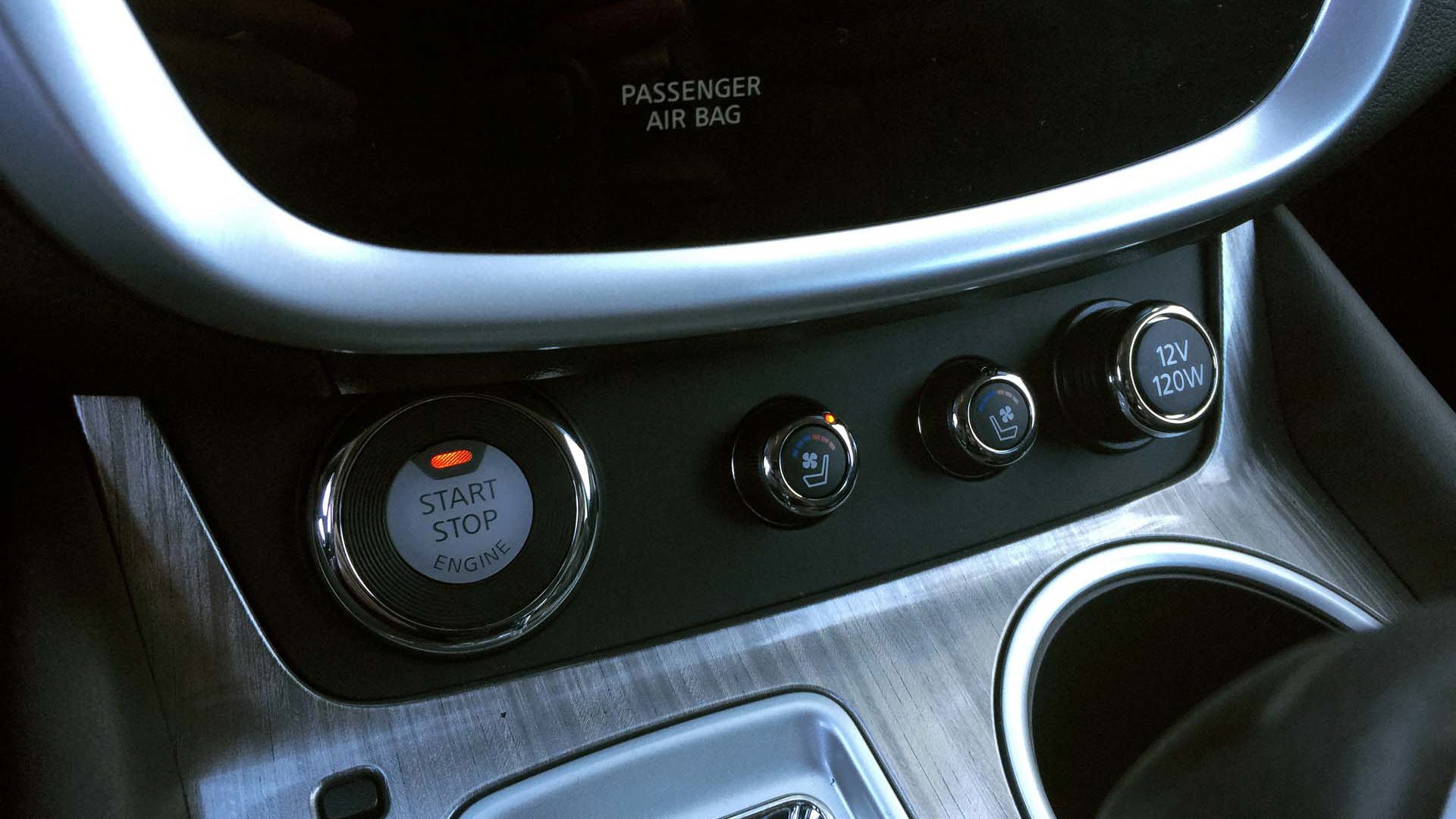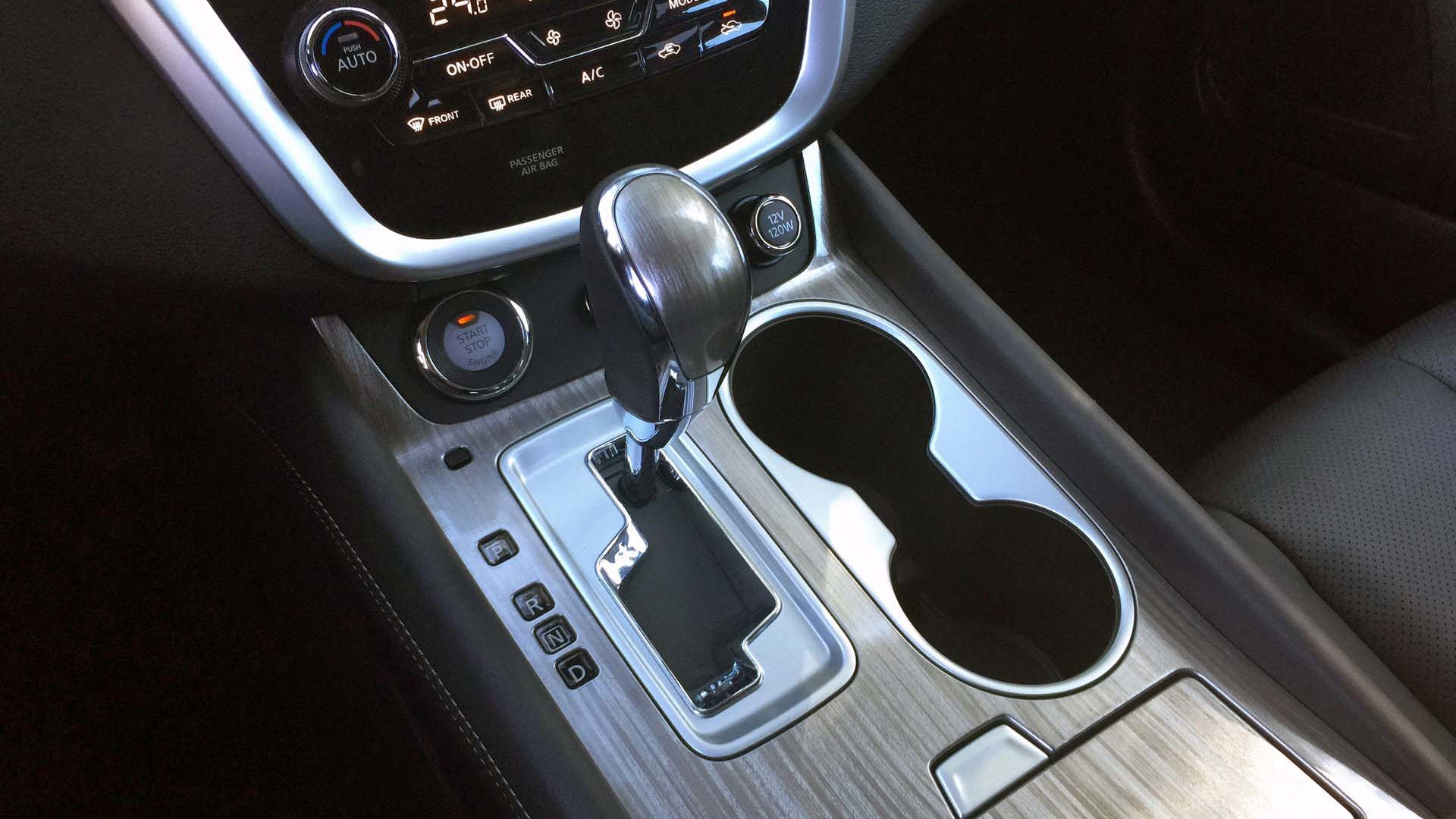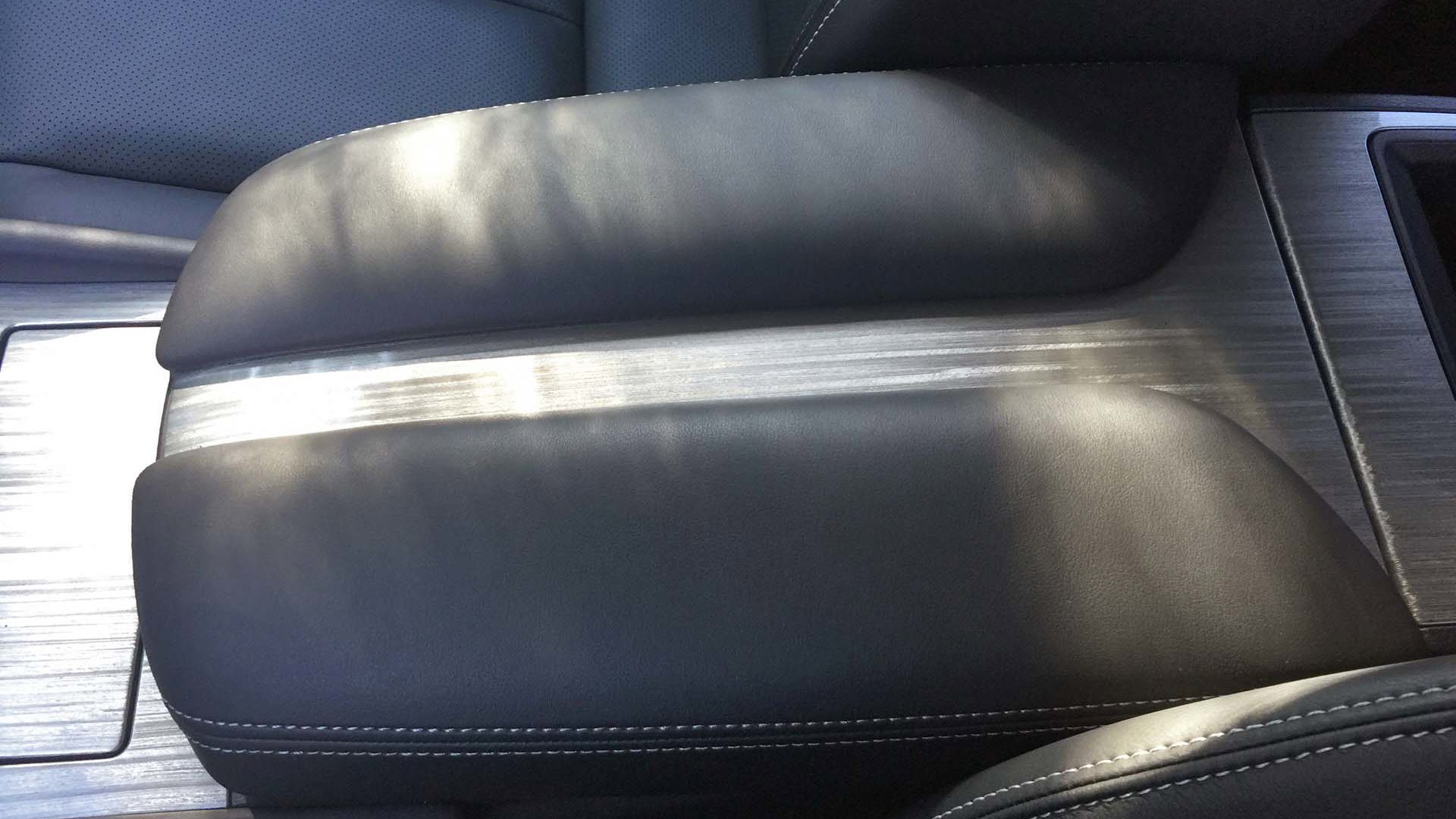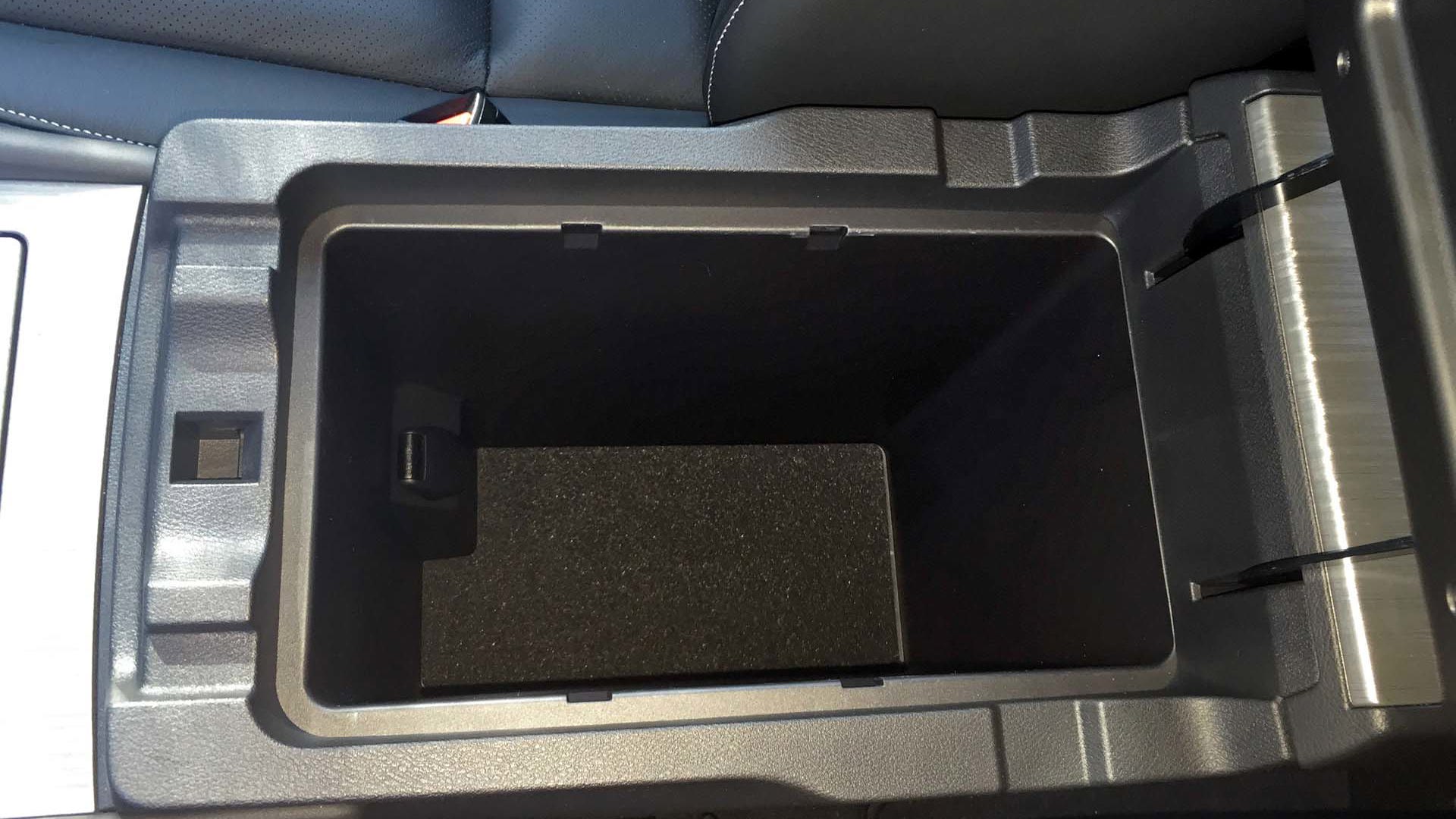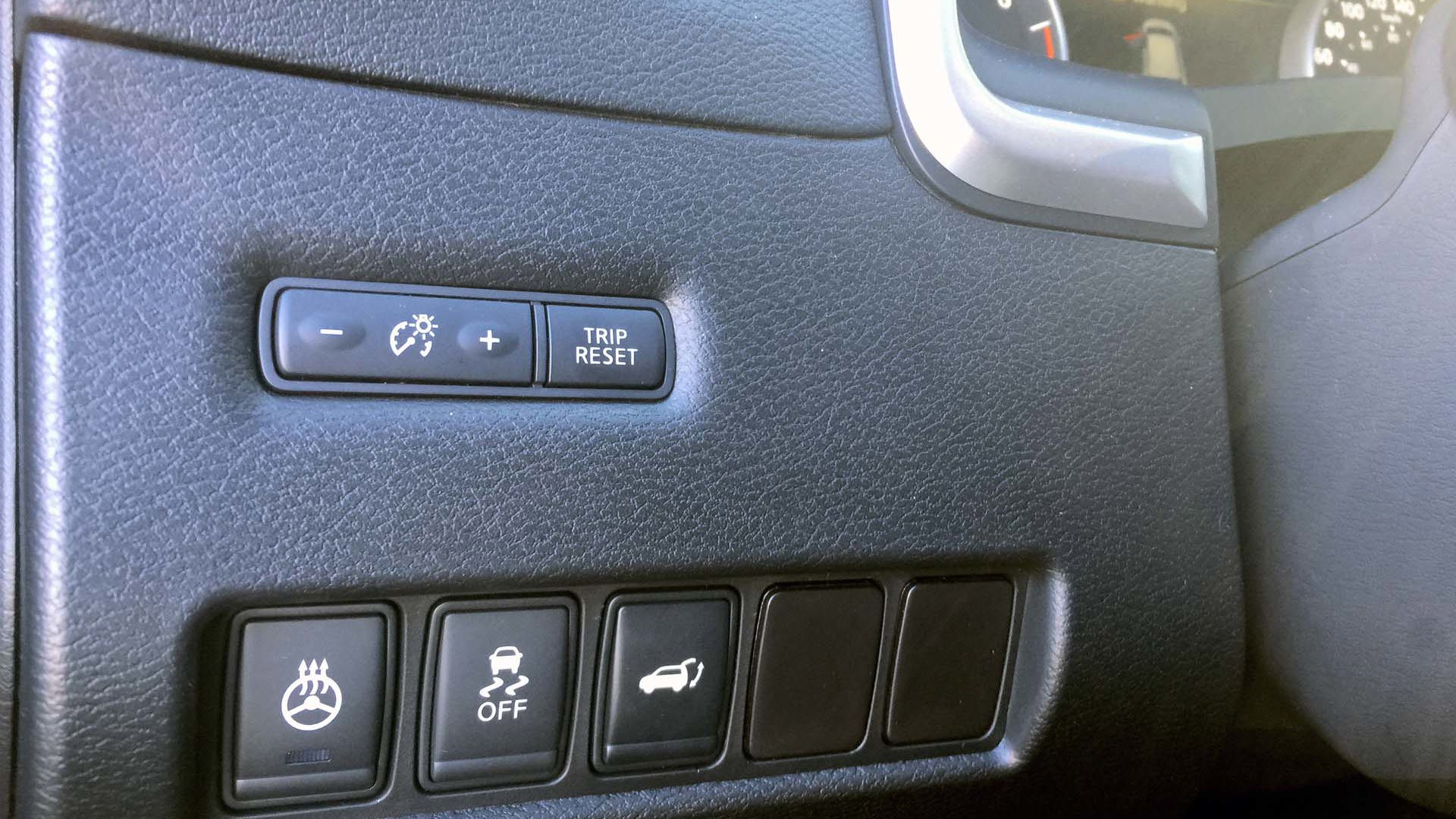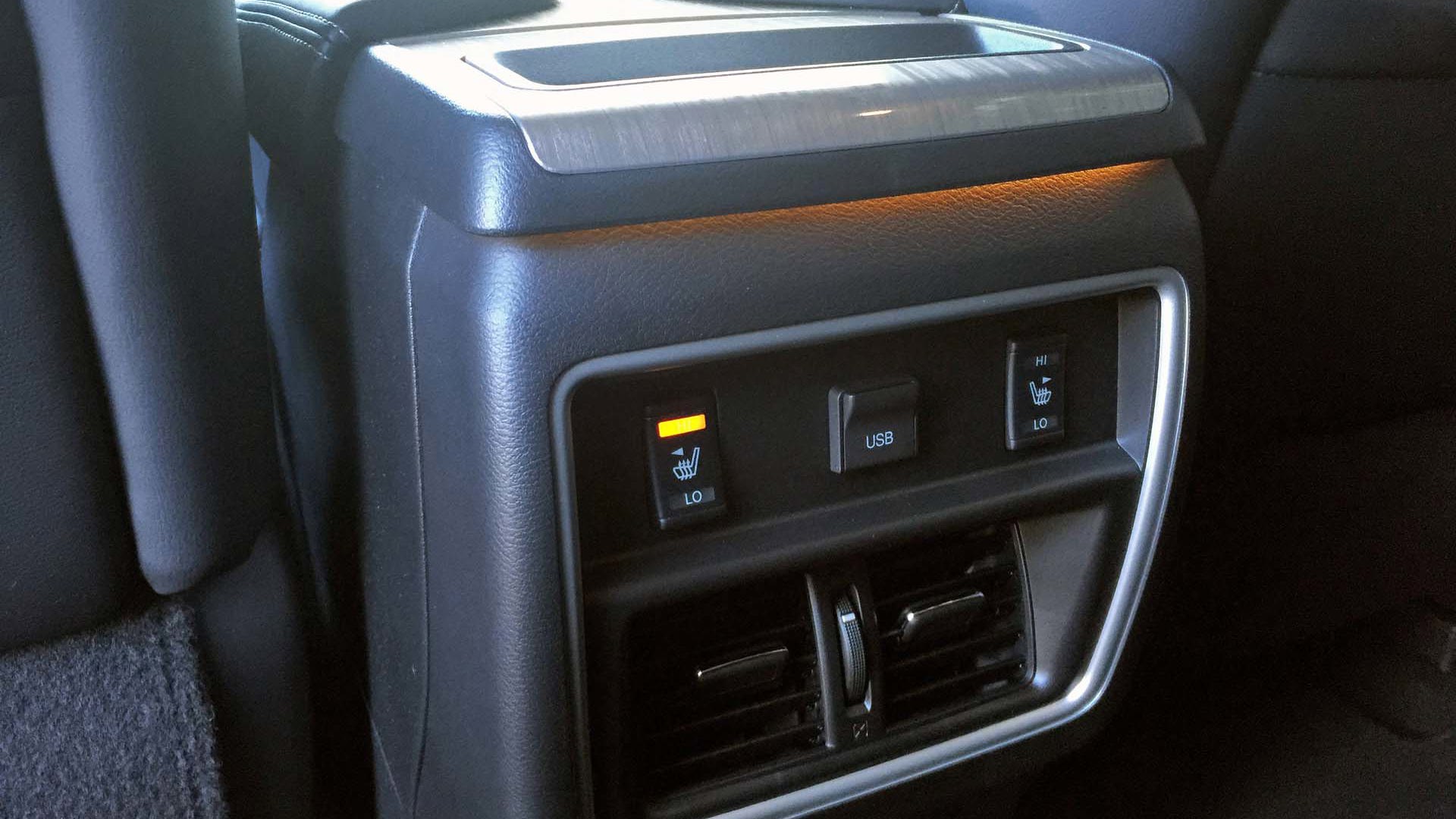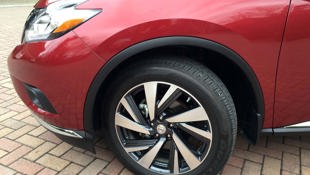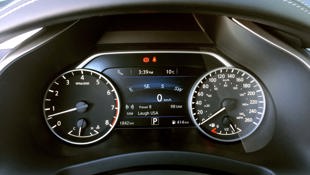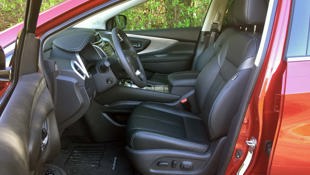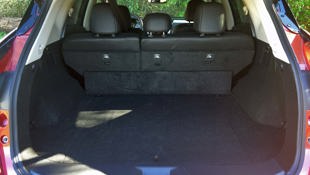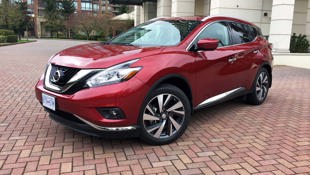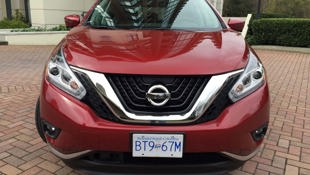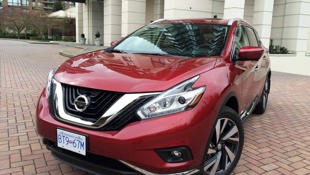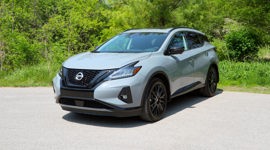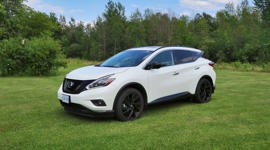 AutoTrader SCORE
AutoTrader SCORE
-
EXTERIOR STYLING6/10
-
INTERIOR8/10
-
PERFORMANCE8/10
-
COMFORT8/10
-
FUEL ECONOMY6/10
Dramatically redesigned last year, the Nissan Murano remains basically unchanged for 2016: except for the price. The base 2016 Murano S front-wheel drive model is still $29,998, but the SV FWD ($34,998), SV AWD ($36,898), and SL AWD ($40,298) trim levels have gone up by $900 respectively while the top Platinum AWD model ($43,998) has risen by $500.
To paraphrase an over-used paraphrase - this is not your father’s SUV.
However, at the time of this writing, Nissan Canada is offering financial incentives that can make the 2016 Murano cheaper than last year’s model: these include lease or finance terms of 0 percent for 24 months plus a choice of up to $1,500 cash back or two free monthly payments or a no-charge extended warranty.
Hm. Perhaps Nissan shouldn’t have raised the price in the first place.
The Murano is named after the famous island near Venice where craftsmen have been making fine glass-wear for the past 700 years. That’s a long way from Canton, Mississippi where the Murano is built, but what the heck, it adds a certain Italian flair.
With its spectacularly curvy bodywork, jagged headlight and tail light designs, and a “floating” roof design, the 2016 Murano begs to be noticed. People seem to really love its innovative design or get really disturbed by its flamboyance. Personally, I’m disturbed yet strangely fascinated at the way it gives the middle finger to convention. To paraphrase an over-used paraphrase - this is not your father’s SUV.
The Murano is built on the mid-size unit-body D platform that also underpins the Nissan Pathfinder, Maxima, and Altima. As the so-called ‘halo’ vehicle of Nissan’s crossover lineup, which also includes the family-oriented seven-passenger Pathfinder and the budget-oriented five or seven-passenger Rogue, the Murano is the premium member of the crossover group. Longer, lower and wider than the second-generation Murano, the new Murano offers a 16 percent improvement in aerodynamics with the help of active grille shutters, integrated rear spoiler and a roofline that tapers towards the rear. Its CD of 0.31 is better than some sports cars.
But while unique styling is one part of the Murano’s appeal, it doesn’t come at the expense of its comfort and practicality (with one notable exception). The Murano is a very roomy and comfortable five-passenger crossover with decent cargo room and many available luxury features, depending on how much you want to pay.
The base front-wheel drive model is, arguably, the best buy. 2016 Murano S models ($29,998) include such niceties as eight-inch touchscreen with navigation and voice recognition, CD player and Sirius/XM satellite radio, Bluetooth wireless phone and audio streaming, rearview camera, seven-inch driver info display between the gauges, dual-zone automatic climate control, push-button start, so-called “NASA-inspired Zero Gravity” front and outboard rear seats, front seat heaters and height adjustable driver’s seat, 60/40 folding rear seatbacks, and 18-inch tires and alloy wheels. However, the Murano S is not available with all-wheel drive.
The SV trim ($34,998) adds an eight-way power driver’s seat with power lumbar, leather-wrapped heated steering wheel, panoramic moonroof, power liftgate, remote engine start and front fog lights. Add $1,900 for optional all-wheel drive.
Precious metal: 2015 Ford Edge Titanium vs Nissan Murano Platinum
The Murano SL ($40,298), which comes with standard all-wheel drive, adds leather seats, power front passenger seat, Bose premium audio system with eleven speakers including two subwoofers, 360-degree Around-View monitor, driver’s seat memory, and extra safety features such as Blind Spot Warning and rear Cross-Traffic Alert.
Top-of-the-line Murano Platinum ($43,998), like this week’s test vehicle, adds 20-inch tires and alloys, LED headlights, heated and cooled front seats, heated rear seats, power-return folding rear seatbacks, power tilt/telescopic steering wheel, and active safety features such as Predictive Forward Collision Warning and Predictive Forward Emergency Braking.
All Muranos have Nissan’s well-known 3.5L V6 engine and ‘Xtronic’ continuously variable transmission (CVT). The V6 engine puts out a respectable 260 hp and generates 240 lb-ft of torque enabling it to sprint from 0 to 60 mph in just 7.7 seconds, according to Consumer Reports. That’s more than a second faster than the Ford Edge 2.0L Ecoboost and the Toyota Highlander V6.
Curiously, the V6-powered Murano has a comparably meagre towing capacity of just 680 kg (1,500 lb). Many of its competitors can tow 3,500 lb. This tends to confirm the Murano’s positioning as a stylish conveyance for urban and suburban convenience rather than a recreational utility device.
For such a heavy vehicle with a V6 engine, the Murano offers respectable Energuide fuel consumption ratings: FWD models rate 11.0 city/8.2 hwy while AWD models offer 11.2 city/8.3 hwy. In mixed city/highway driving, I was able to average 11.9 L/100 km, though admittedly, I wasn’t really trying to drive efficiently that week. Happily, the Murano’s V6 uses Regular Unleaded. In my neighbourhood, the price difference between Regular and Premium is now 15 to 18 cents a litre.
The Murano’s CVT has seven simulated gears to create the stepped shifting feel of a traditional automatic transmission. This helps to reduce the continuous droning typical of a CVT under acceleration. Under moderate acceleration, the Murano’s engine revs up to about 3,000 rpm, then drops back, repeating the process as speed progresses. Under three-quarter throttle, engine revs reach 5,000 rpm before dropping back; and under full throttle, the engine revs up to 6,500 rpm before ‘shifting’. The simulated shifts have the effect of reducing the droning noise to the point that under typical urban driving conditions, there is very little noise intrusion. On the freeway too, engine sound is subdued, in part because the engine turns over just 1,300 rpm at a steady 100 km/h in ‘top gear’ on a level road. The Murano’s driver can also shift manually by pushing the gear lever forwards to shift up a gear, and back to shift down.
No doubt, some of our readers will point out Nissan’s CVT problems mentioned in forums over the years, but Consumer Reports’ most recent owner surveys of the Murano rates the reliability of the current CVT “much better than average”. In fact, the 2016 Murano’s overall predicted reliability and owner satisfaction ratings are “much better than average”. The 2016 Murano is one of CR’s ‘Recommended’ vehicles.
The Murano is not a sporty handler, even though it has a fully independent suspension and beefy 18-inch all-season tires (20-inch on Platinum). On a curvy road, the Murano feels big and rather heavy (the Platinum model weighs 1,822 kg unloaded) and combined with very light steering feel and soft suspension, it provides a comfortable but unexciting drive. But that’s probably exactly what its owners want.
In the Murano, Nissan’s Intuitive All-wheel Drive is an on-demand system that is completely automatic. It sends most of the engine’s power to the front wheels in normal driving to achieve the best fuel economy but is capable of distributing more power to the rear when sensors detect front wheel slip or side slip. Its operation is basically invisible to the Murano’s occupants but it is a safety feature worth having in most areas of Canada.
The Murano driver has good visibility ahead but the narrow rear window and thick rear pillars make it difficult to see out the rear. Fortunately, a rearview camera is standard in all trims and the SL and Platinum trims also have a 360-degree Around-View monitor that displays the area immediately around the vehicle. As it is difficult to see low objects behind the vehicle, such as concrete barriers or fire hydrants, the Around-View monitor can help prevent minor but costly fender benders. In addition to a view of the vehicle’s perimeter, flashing warning symbols and urgent chimes let the driver know when the Murano is approaching an obstacle.
Also available in the SL and Platinum is a Blind Spot Warning and Rear Cross-Traffic Warning which sounds a warning chime if a collision is imminent. When backing out of a parking space in a mall parking lot, the Rear Cross-Traffic alert is particularly effective at warning of ‘cars coming out of nowhere’.
Platinum models also get Adaptive Cruise Control and Predictive Forward Collision Warning (PFCW) that alerts the driver to a potential collision with a vehicle ahead. If the driver fails to react, Forward Emergency Braking (FEB) system will automatically brake to prevent, or minimize the collision. The Murano’s Predictive Forward Collision Warning system uses a bumper-mounted radar that sends signals under the cars. That enables it to spot slow-moving cars ahead of the vehicle in front, giving extra warning time. This feature won Popular Science’s Best of What’s New Award.
The Murano is easy to get in and out of and the cabin has plenty of legroom and headroom for front and rear passengers - you can even wear a hat. The front seats and the outboard rear seats are wide and comfortable on long drives while the middle rear seat has a comfy cushion and stiff backrest which doubles as a fold-down centre armrest with cupholders. In the Platinum, the front seats have variable temperature fan-driven seat heaters and seat coolers while rear (outboard) seats have Hi/Lo seat heaters. The power tilt/telescopic steering wheel is also heated - this may seem like a frivolous luxury, but after using it on a cold winter’s morning, you’ll no longer want to live without it.
The black leather seats in our Platinum model had perforated seat inserts and double white stitching and the quality of the materials is excellent. Silver trim on the steering wheel and brushed faux-steel trim on the console and doors makes a nice contrast with the black leather and plastics.
Controls and instrumentation are well-lit and sensibly positioned for viewing and easy reach. A bright information display between the gauges offers useful information such as average fuel economy, distance to empty, outside temperature, compass, time, radio station, and digital speedometer. A button on the steering wheel allows the driver to scroll between screens without taking their hands off the steering wheel.
The big eight-inch colour touchscreen in the middle of the dash displays audio, telephone, navigation, settings and vehicle information but many functions,. The screen icons are easy to read and the screen touch-sensitivity requires just a quick push with your finger, but many popular functions, such as Main Menu, Audio, Map, Radio Volume, Seek, Tune, and rearview camera, are operated using traditional buttons and dials surrounding the touchscreen. Navigation is standard in all Muranos and I particularly liked the Info button which provides access to current weather, traffic conditions, fuel prices, and even movie listings.
Behind the shift lever is a flip-up lid that hides a small bin with auxiliary and USB ports, but there’s not enough room in there for a plus-size phone. Behind that, a large padded centre armrest opens up to reveal a deep flock-lined bin with a 12-volt powerpoint and a pull-out coin tray. Rear passengers also have an open bin and a USB port.
Behind the rear seats is a fully carpeted 880L cargo area with tie-down hooks, 12-volt power outlet and a small storage bin under the trunk floor near the temporary spare tire. To avoid the difficulty of folding down the rear seatbacks from the second row, the Murano includes levers in the cargo area to lower the rear seatbacks. Platinum models also have a power button to raise the seatbacks. With both sides lowered, the cargo area is a generous 1,840Lwith a length of 1,890 mm (over six feet). A power liftgate is standard in SV and above trim levels.
Despite its unusual styling, the 2016 Murano is a fairly conventional, five-passenger crossover that offers the performance, comfort and utility typical of a mid-size crossover. Perhaps that’s why Nissan designers went wild with the styling: the Murano certainly stands out from the crowd.
The 2016 Nissan Murano is built in Canton, Mississippi.
| Warranty: 3 years/60,000 km; 5 years/100,000 km powertrain; 5 years/unlimited distance corrosion perforation; 3 years/60,000 km roadside assistance Competitors: |
| Model Tested | 2016 Nissan Murano Platinum AWD |
|---|---|
| Base Price | $43,998 |
| A/C Tax | $100 |
| Destination Fee | $1,760 |
| Price as Tested | $45,893 |
|
Optional Equipment
$135 (metallic pearl paint)
|
|
